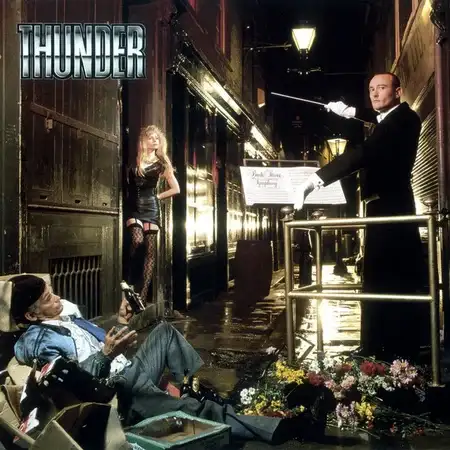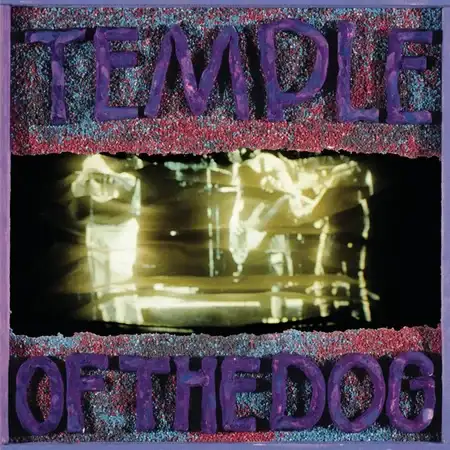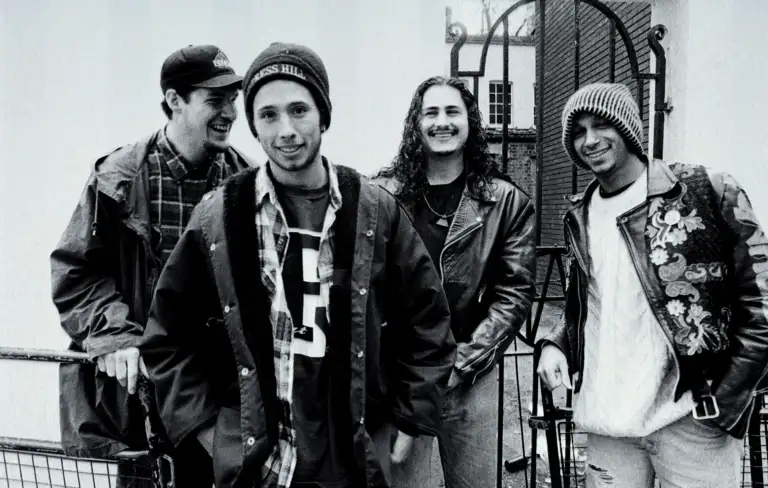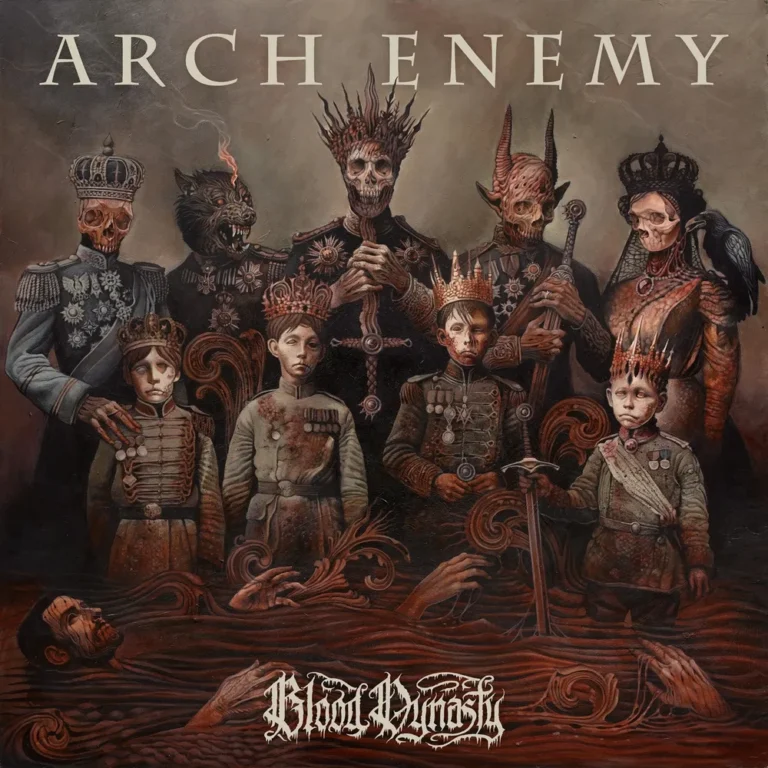
Backstreet Symphony: Thunder’s Electrifying Debut
Thunder’s debut album, Backstreet Symphony, released on 5th March 1990, marked a significant moment in the landscape of hard rock. Emerging from the ashes of the band Terraplane, Thunder delivered a powerful and dynamic sound that captured the essence of British rock at the time. With its blend of hard rock and blues influences, the album quickly established Thunder as a formidable force in the music scene.
In this article, we’ll explore the creation of Backstreet Symphony, delving into the album’s genesis, recording process, commercial success, and lasting legacy. We’ll also analyse the individual tracks, offering insights into the songwriting and thematic elements that define the album.
| Attribute | Details |
|---|---|
| Release date | 5 March 1990 |
| Album title | Backstreet Symphony |
| Genre | Hard Rock |
| Total runtime | 51:32 |
| Number of tracks | 10 |
| Record label | EMI Records (UK), Capitol Records (US) |
| Recording studio | Great Linford Manor Studios, Milton Keynes, England |
| Producer(s) | Andy Taylor |
The album’s impact was immediate, reaching number 21 on the UK Albums Chart and later achieving gold certification. It connected with audiences for its authentic rock sound, a quality that has ensured its enduring significance. Luke Morley, Thunder’s lead guitarist, remarked, “We wanted to make an album that was true to our influences and our vision of rock music.”
The Genesis of “Backstreet Symphony”
The story of Backstreet Symphony begins in the late 1980s when members of Thunder were part of Terraplane. After Terraplane disbanded, Danny Bowes, Luke Morley, and Gary “Harry” James formed Thunder, seeking to create music that reflected their hard rock roots. The musical environment at the time was ripe for a resurgence of classic rock, and Thunder aimed to fill that niche.
Before Backstreet Symphony, Thunder had not released any material, making this debut a pivotal moment. Their approach was to craft songs that combined the raw energy of rock with the melodic sensibilities of blues. The main creative force behind the album was Luke Morley, who wrote most of the tracks. His vision was supported by band members Danny Bowes on vocals, Ben Matthews on guitar and keyboards, Mark “Snake” Luckhurst on bass, and Gary “Harry” James on drums.
Here is a table listing the band members and their roles:
| Band Member | Role |
|---|---|
| Danny Bowes | Vocals |
| Luke Morley | Guitar |
| Ben Matthews | Guitar, Keyboards |
| Mark “Snake” Luckhurst | Bass |
| Gary “Harry” James | Drums |
The recording costs were financed by EMI Records, who saw potential in Thunder’s demo produced by Andy Taylor. The budget was modest, but the band faced financial challenges head-on, focusing on creativity rather than constraints. The album’s title, Backstreet Symphony, was inspired by the band’s desire to convey a sense of community and shared musical journey. The cover artwork, conceptualized by Luke Morley, features an alleyway scene that symbolizes their raw and unfiltered rock ethos.
Recording Process
The recording sessions for Backstreet Symphony took place at Great Linford Manor Studios in Milton Keynes during August and September 1989. The studio, known for its intimate setting and high-quality equipment, provided the perfect backdrop for Thunder’s debut. Andy Taylor, known for his work with Duran Duran, brought his expertise as the producer, ensuring the album’s sound was both polished and powerful.
Key personnel in the recording process included Mike Fraser, who handled mixing duties at AIR Studios in London. Fraser’s experience with artists like Aerosmith ensured that Thunder’s sound was captured with precision. The studio was equipped with state-of-the-art technology, including Neve consoles and Studer tape machines, providing a warm and rich sound quality that defined the album.
Here is a table of the likely hardware used in the studio:
| Equipment | Details |
|---|---|
| Microphones | Neumann U87, Shure SM57 |
| Mixing Desk | Neve 8078 |
| Tape Machine | Studer A800 |
| Guitars | Gibson Les Paul, Fender Stratocaster |
| Amplifiers | Marshall JCM800 |
During the recording process, the band faced challenges such as time constraints and budget limitations. However, these obstacles were overcome with determination and a focus on capturing the essence of their live sound. The album was completed in a matter of weeks, with each track reflecting the band’s passion and energy.
Below is a table of other albums produced by Andy Taylor:
| Producer | Artist | Album | Year |
|---|---|---|---|
| Andy Taylor | Duran Duran | Notorious | 1986 |
| Andy Taylor | Power Station | The Power Station | 1985 |
Commercial Performance and Reception
Upon its release, Backstreet Symphony was met with positive reviews and commercial success. It peaked at number 21 on the UK Albums Chart and later achieved gold certification for sales exceeding 100,000 copies. The album’s success was not limited to the UK, as it also reached number 114 on the US Billboard 200 upon its re-release.
The album’s chart performance can be seen in the table below, which lists Thunder’s studio albums in order of release:
| Album | Year | Producer |
|---|---|---|
| Backstreet Symphony | 1990 | Andy Taylor |
| Laughing on Judgement Day | 1992 | Andy Taylor |
| Behind Closed Doors | 1995 | Luke Morley |
| The Thrill of It All | 1996 | Luke Morley |
| Giving the Game Away | 1999 | Luke Morley |
While the album did not receive any major awards, its critical acclaim and commercial performance solidified Thunder’s position in the rock genre. Other notable albums released in 1990 include Facelift by Alice in Chains, Painkiller by Judas Priest, and Rust in Peace by Megadeth.
In the broader context of heavy music in 1990, the year saw significant releases and events. The Monsters of Rock festival featured bands like Aerosmith and Whitesnake, while the Clash of the Titans tour included Slayer, Megadeth, and Anthrax. These events highlighted the diversity and evolution of rock and metal music during this period.
Track Analysis
The singles released from Backstreet Symphony played a crucial role in its success. “She’s So Fine,” “Dirty Love,” “Backstreet Symphony,” “Love Walked In,” and “Gimme Some Lovin'” were all released as singles, each contributing to the album’s popularity. These tracks showcased the band’s ability to blend catchy melodies with powerful rock instrumentation.
Below is a table listing the songs on the album along with their writing credits:
| Track Name | Length | Writing Credit |
|---|---|---|
| She’s So Fine* | 5:30 | Morley, Taylor |
| Dirty Love* | 5:21 | Morley |
| Don’t Wait for Me | 5:32 | Morley |
| Higher Ground | 5:06 | Morley |
| Until My Dying Day | 6:32 | Morley, Taylor |
| Backstreet Symphony* | 4:30 | Morley |
| Love Walked In* | 6:25 | Morley |
| An Englishman on Holiday | 4:27 | Morley |
| Girl’s Going Out of Her Head | 4:18 | Morley |
| Gimme Some Lovin’* | 3:51 | Steve Winwood, Spencer Davis, Muff Winwood |
Note: Songs marked with * were released as singles. “She’s So Fine” reached number 34, “Dirty Love” peaked at 32, “Backstreet Symphony” at 25, “Love Walked In” at 21, and “Gimme Some Lovin'” at 36 on the UK Singles Chart.
Song Meaning and Lyrics
The singles from Backstreet Symphony explore themes of love, desire, and personal reflection. “She’s So Fine” is an upbeat track celebrating attraction and infatuation. “Dirty Love” delves into the complexities of relationships, capturing the raw emotions of heartbreak and betrayal. The title track, “Backstreet Symphony,” serves as an anthem of unity and musical celebration.
“Love Walked In” is a ballad that explores the transformative power of love, bringing hope and change to the narrator’s life. Finally, “Gimme Some Lovin'” is a cover that infuses the original with Thunder’s energetic style, capturing the essence of live performance and the joy of music.
The songwriting process was a collaborative effort, with Luke Morley leading the charge. The lyrics reflect the band’s experiences and aspirations, offering listeners a glimpse into their world. For more detailed analysis of the singles’ meanings and lyrics, you can refer to Genius.
Touring and Promotion of Backstreet Symphony
The promotion of Backstreet Symphony was marked by an extensive tour that helped solidify Thunder’s reputation as a live act. The band embarked on a worldwide tour starting in February 1990, supporting acts like Heart, Love/Hate, and ZZ Top. Their performances at the Monsters of Rock festival were particularly noteworthy, showcasing their ability to captivate large audiences.
The tour consisted of 99 shows, spanning various locations across Europe and North America. Notable performances included their appearance at Castle Donington’s Monsters of Rock festival and a series of shows in Germany, the Netherlands, and the UK. The tour’s success was instrumental in boosting the album’s visibility and cementing Thunder’s status as a formidable live band.
During 1990, Thunder shared the stage with several prominent artists, including Aerosmith, Whitesnake, and Poison. These collaborations provided valuable exposure and contributed to the band’s growing fan base. The tour was a defining moment for Thunder, establishing them as a force to be reckoned with in the rock music scene.
Influences and Legacy
Backstreet Symphony was shaped by a variety of musical influences, ranging from classic rock to blues. The band’s sound was inspired by artists like Led Zeppelin, Bad Company, and Free, whose music resonated with Thunder’s members. This blend of influences resulted in an album that was both nostalgic and fresh, appealing to fans of traditional rock music.
Here is a table illustrating the influences on the album and the artists influenced by it:
| Influences on “Backstreet Symphony” | Artists Influenced by “Backstreet Symphony” |
|---|---|
| Led Zeppelin | The Darkness |
| Bad Company | Rival Sons |
| Free | Airbourne |
The album was released in 1990, a year that witnessed significant cultural and global events. The reunification of Germany, the launch of the Hubble Space Telescope, and the Gulf War were some of the key happenings that defined the era. In the music world, 1990 saw the rise of alternative rock and the continued evolution of heavy metal, with bands like Alice in Chains and Megadeth making their mark.
Five Things about Backstreet Symphony
Here are five interesting facts about Backstreet Symphony that highlight its unique place in rock history:
| Fact | Details |
|---|---|
| Gold Certification | The album achieved gold certification in the UK for sales exceeding 100,000 copies. |
| Andy Taylor’s Role | Andy Taylor of Duran Duran fame produced the album, bringing his expertise to the project. |
| Monsters of Rock | Thunder performed at the prestigious Monsters of Rock festival, boosting their profile. |
| Chart Success | The album peaked at number 21 on the UK Albums Chart. |
| Cover Artwork | The album cover was conceptualized by Luke Morley, featuring an alleyway scene. |
Media and Television Usage
Despite its popularity, songs from Backstreet Symphony have not been widely featured in media or television. The track “Dirty Love” was used in the UK television series Being Human, appearing in season 5, episode 4 titled “The Greater Good,” aired on 24 February 2013.
Critical Reviews and Retrospectives
Critical reception for Backstreet Symphony was largely positive, with many reviewers praising its energetic sound and classic rock influences. Publications like Kerrang! hailed it as one of the great hard rock debuts, noting its spirit and sound as standout features. The album’s enduring appeal is reflected in its inclusion in lists of the best British rock albums.
Below is a table summarizing critical reviews of the album:
| Publication | Review Score | Notable Quotes |
|---|---|---|
| Kerrang! | 4/5 | “One of the great hard rock debuts.” |
| Classic Rock | 4/5 | “A timeless rock classic.” |
After Backstreet Symphony
Following the success of Backstreet Symphony, Thunder continued to build their career with subsequent albums. Laughing on Judgement Day followed in 1992, reaching number 2 on the UK Albums Chart. The band faced lineup changes over the years, with bassist Mark “Snake” Luckhurst departing in 1992 and being replaced by Mikael Höglund.
Thunder’s popularity fluctuated throughout the 1990s, leading to a breakup in 2000. However, they reunited in 2002 and have since released several more albums, including Wonder Days in 2015 and Rip It Up in 2017. As of 2025, Thunder remains active, with members pursuing solo projects alongside band activities.
Conclusion
Backstreet Symphony remains a landmark album in Thunder’s discography and a testament to their enduring appeal. Its blend of hard rock and blues influences continues to resonate with fans, and its legacy is evident in the band’s ongoing success. Thunder’s ability to adapt and evolve while staying true to their roots ensures that their music remains relevant and celebrated today.
Further Reading
For more insights into Thunder and similar artists, explore our other articles and podcasts. Discover the story behind Skid Row’s debut album and delve into the making of Iron Maiden’s The Number of the Beast. Additionally, visit the Wikipedia page for “Backstreet Symphony”, the official Thunder website, and the EMI Records website for more information.
Let us know in the comments what your thoughts are on Backstreet Symphony by Thunder. Did we miss anything? Share your experiences and join the conversation!


